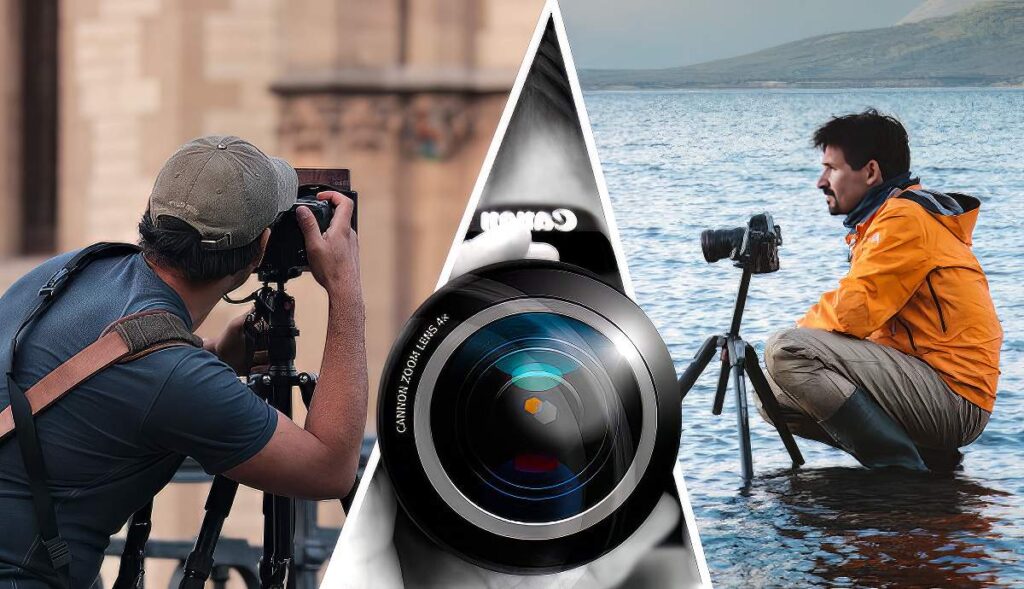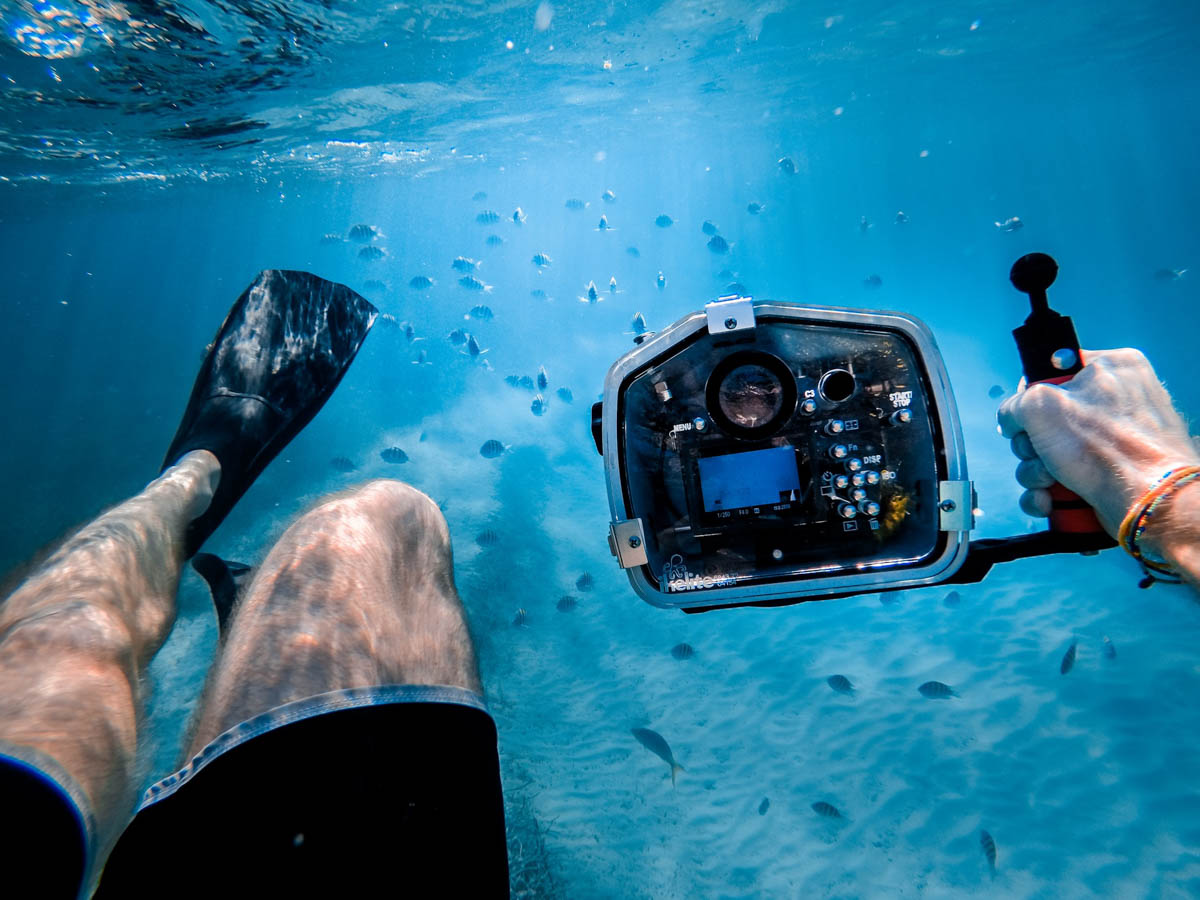Mastering the Art: Modern Photography Techniques and Emerging Trends

4-01-2025, 22:53 Admin 4 051 0
The field of photography, much like the world around us, is in a relentless state of evolution. With the advent of digital technology and increasingly advanced equipment, modern photography’s boundaries expand almost as quickly as they form. To truly excel in this art, it's essential to understand and master the most cutting-edge techniques and embrace emerging trends. This article aims to shed light on some of these modern techniques and prevailing trends, enhancing your proficiency with the latest tools and resources to optimize your photography efficiency.
Let’s first turn our attention towards some cutting-edge techniques shaping the landscape of modern photography.
Technique 1: High Dynamic Range (HDR) Photography
HDR Photography is rapidly gaining popularity among enthusiast and professional photographers alike. It involves combining multiple shots taken at different exposures to achieve a final image with a wider range of shadows, midtones, and highlights than a traditional camera sensor can capture in one shot. This technique is essential for scenes with complex lighting environments. Modern cameras offer built-in HDR modes, and software applications like Adobe Lightroom facilitate post-production HDR processing, enhancing efficiency.
Technique 2: Focus Stacking
Focus Stacking is highly favored in macro and landscape photography. It involves collating multiple images taken at varied focus distances to yield a final image with a greater depth of field. Modern software tools including Photoshop and Helicon Focus offer robust capabilities for focus stacking, allowing photographers to achieve spectacularly detailed images efficiently.
Next, we address two emerging trends defining the future of photography.
Trend 1: Mirrorless Cameras
Mirrorless camera systems have revolutionized the photographic industry. Traditional digital single-lens reflex (DSLR) cameras use a mirror mechanism to direct light from the lens to the viewfinder. In contrast, mirrorless cameras eliminate this mirror mechanism, allowing for smaller camera bodies, faster shooting rates, and real-time electronic viewfinder previews. This trend toward mirrorless systems demonstrates the industry’s focus on making technology streamlined and efficient.
Trend 2: Computational Photography
In an era where smartphones challenge DSLRs for image quality, computational photography emerges as a defining trend. Computational photography employs algorithms to enhance image quality, manipulate images post-capture, and offer features like Google Pixel's Night Sight or Apple's Deep Fusion. This trend signifies how technology is augmenting the capabilities of traditional hardware to offer innovative, efficient solutions.
In conclusion, mastery of modern photography necessitates understanding these advanced techniques and emerging trends. As technology pushes the industry’s potential, photographers must continually learn and adapt. Exploring HDR, focus stacking, embracing mirrorless systems, and understanding computational photography's power can optimize your effectiveness and efficiency in this art form. So, go forth, capture the world through your lens, and transform the ordinary into extraordinary art. After all, photography is not just about capturing a moment; it’s about making the moment eternal.
Let’s first turn our attention towards some cutting-edge techniques shaping the landscape of modern photography.
Technique 1: High Dynamic Range (HDR) Photography
HDR Photography is rapidly gaining popularity among enthusiast and professional photographers alike. It involves combining multiple shots taken at different exposures to achieve a final image with a wider range of shadows, midtones, and highlights than a traditional camera sensor can capture in one shot. This technique is essential for scenes with complex lighting environments. Modern cameras offer built-in HDR modes, and software applications like Adobe Lightroom facilitate post-production HDR processing, enhancing efficiency.
Technique 2: Focus Stacking
Focus Stacking is highly favored in macro and landscape photography. It involves collating multiple images taken at varied focus distances to yield a final image with a greater depth of field. Modern software tools including Photoshop and Helicon Focus offer robust capabilities for focus stacking, allowing photographers to achieve spectacularly detailed images efficiently.
Next, we address two emerging trends defining the future of photography.
Trend 1: Mirrorless Cameras
Mirrorless camera systems have revolutionized the photographic industry. Traditional digital single-lens reflex (DSLR) cameras use a mirror mechanism to direct light from the lens to the viewfinder. In contrast, mirrorless cameras eliminate this mirror mechanism, allowing for smaller camera bodies, faster shooting rates, and real-time electronic viewfinder previews. This trend toward mirrorless systems demonstrates the industry’s focus on making technology streamlined and efficient.
Trend 2: Computational Photography
In an era where smartphones challenge DSLRs for image quality, computational photography emerges as a defining trend. Computational photography employs algorithms to enhance image quality, manipulate images post-capture, and offer features like Google Pixel's Night Sight or Apple's Deep Fusion. This trend signifies how technology is augmenting the capabilities of traditional hardware to offer innovative, efficient solutions.
In conclusion, mastery of modern photography necessitates understanding these advanced techniques and emerging trends. As technology pushes the industry’s potential, photographers must continually learn and adapt. Exploring HDR, focus stacking, embracing mirrorless systems, and understanding computational photography's power can optimize your effectiveness and efficiency in this art form. So, go forth, capture the world through your lens, and transform the ordinary into extraordinary art. After all, photography is not just about capturing a moment; it’s about making the moment eternal.
Related News
Leave a Comment


